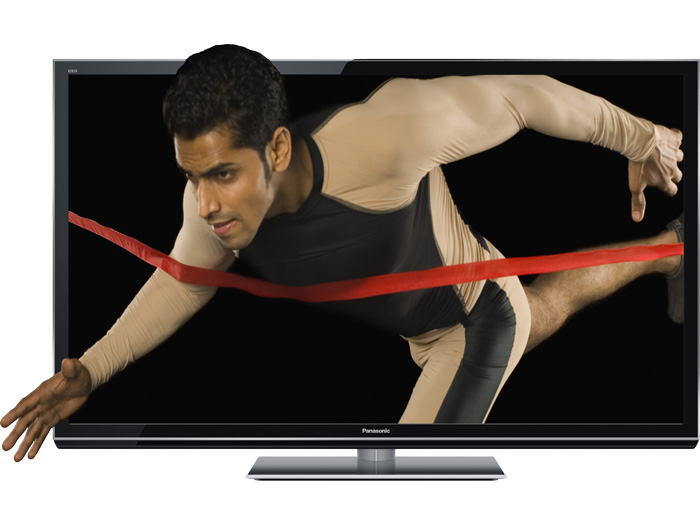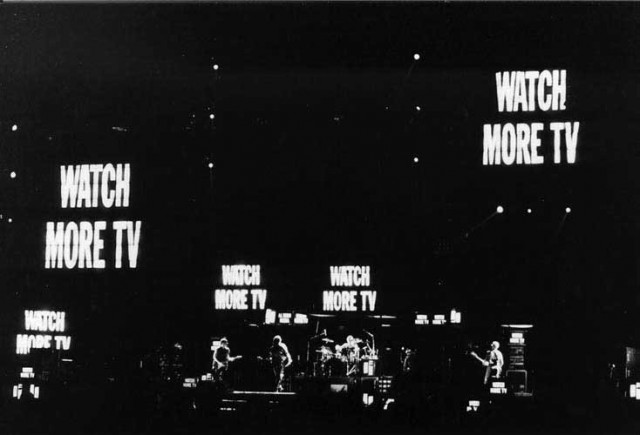Over the last 50 years the relationship between professional sport and television broadcasters has been defined by broadcasting rights. Like most other media business models that relationship is now under threat.
Touring the Australian Open tennis tournament this week, it was striking how the relationship between sports organisations and broadcasters has changed as the internet changes distribution models and data starts to become a valuable asset in itself.
A tour of the data infrastructure behind the tournament as a guest of sponsor and service provider IBM showed how sporting organisations are hoping to use data to improve their fans’ experience and add value for sponsors and competitors.
Last year the Australian Open collected 23 Terabytes of data, a 136 percent increase on 2014, which the organisers distribute on their MatchCenter web platform along with analysis through their Slamtracker system.
Using IBMs Bluemix development platform and the company’s Watson artificial intelligence service, the Australian Open website analyses factors ranging from the audience’s social media sentiment through to predicting competitors’ performance based on historical data.
This wealth of data gives the event organisers a great platform to engage with statistics hungry fans and it was notable when talking to the Australian Open staffers how they now see the television broadcasters as much as their competitors as their partners.
When coupled with the changes to broadcasting rights – like most sports organisations the Australian Open has moved to the model pioneered by Major League Baseball of providing their own video feeds rather than engaging a host broadcaster to record the events and distribute the video – this has put the television and pay-TV networks in a far less powerful position.
For the sports organisations those broadcast rights deals are still by far the most lucrative income stream they have but the days of the host broadcasters holding power over the events are slipping away.
One telling statistic was the shift to mobile platforms. Kim Trengrove, the digital manager for Tennis Australia, pointed out how in 2015 online traffic was split equally between desktop and mobile use while in 2016 it was appearing to be 60% mobile. That change in itself has major ramifications for the market.
In the future as the data becomes more valuable and the video feeds can be distributed across web browsers and even artificial reality headsets, the late Twentieth Century broadcast model becomes even more tenuous.
For the television networks it means their power and income is reduced while those collecting, processing and distributing data become more important. However it may be the software companies managing the information aren’t able to pay the immense sums the broadcasters have been able to offer for the last fifty years.
One thing a tour of the Australian Open did show was how business model of professional sports is dramatically changing. A data driven world is going to be very different to that of the last fifty years.




